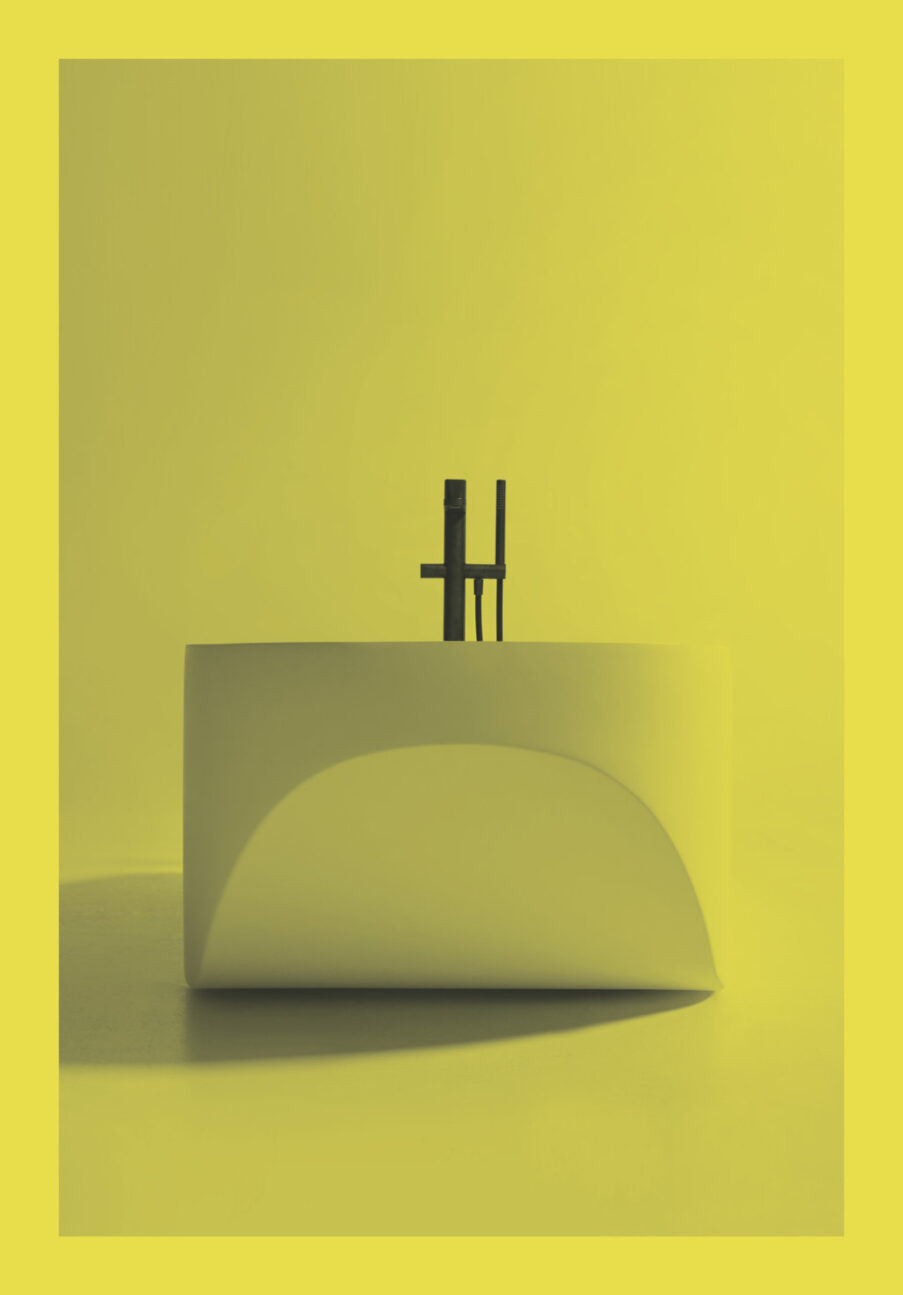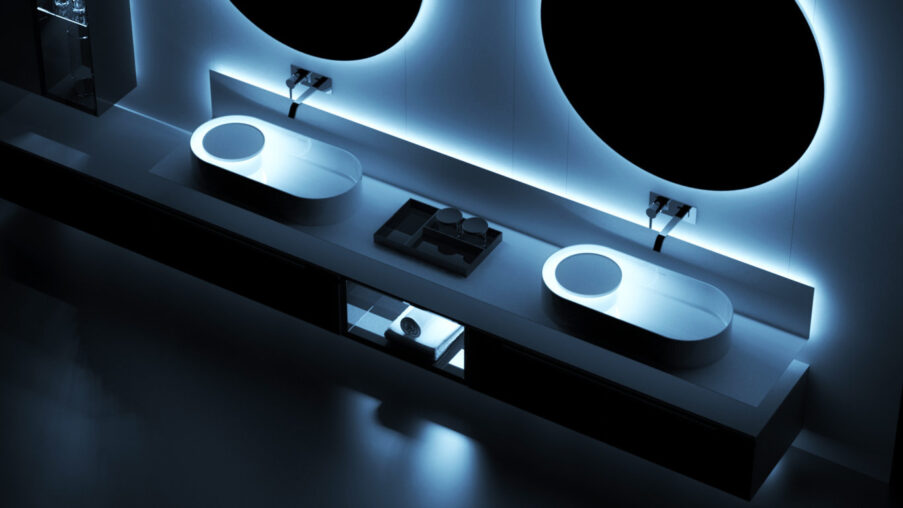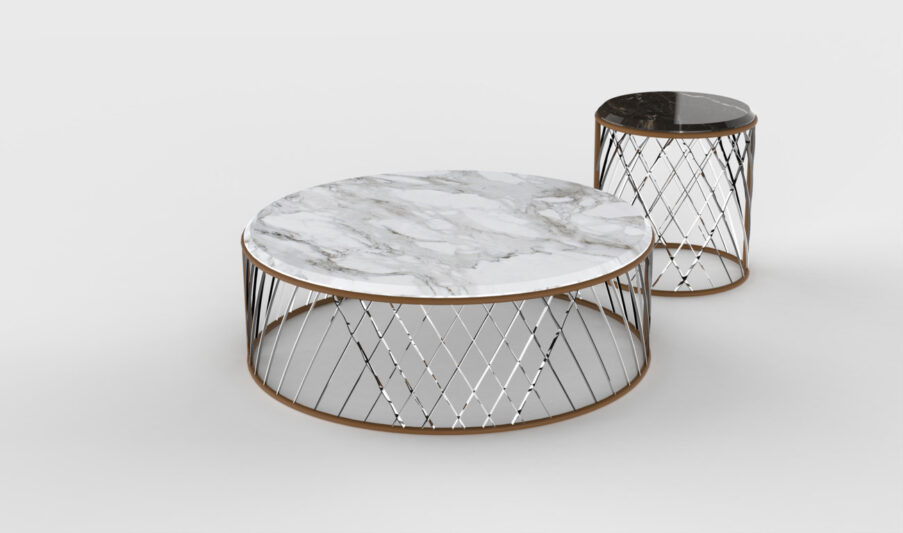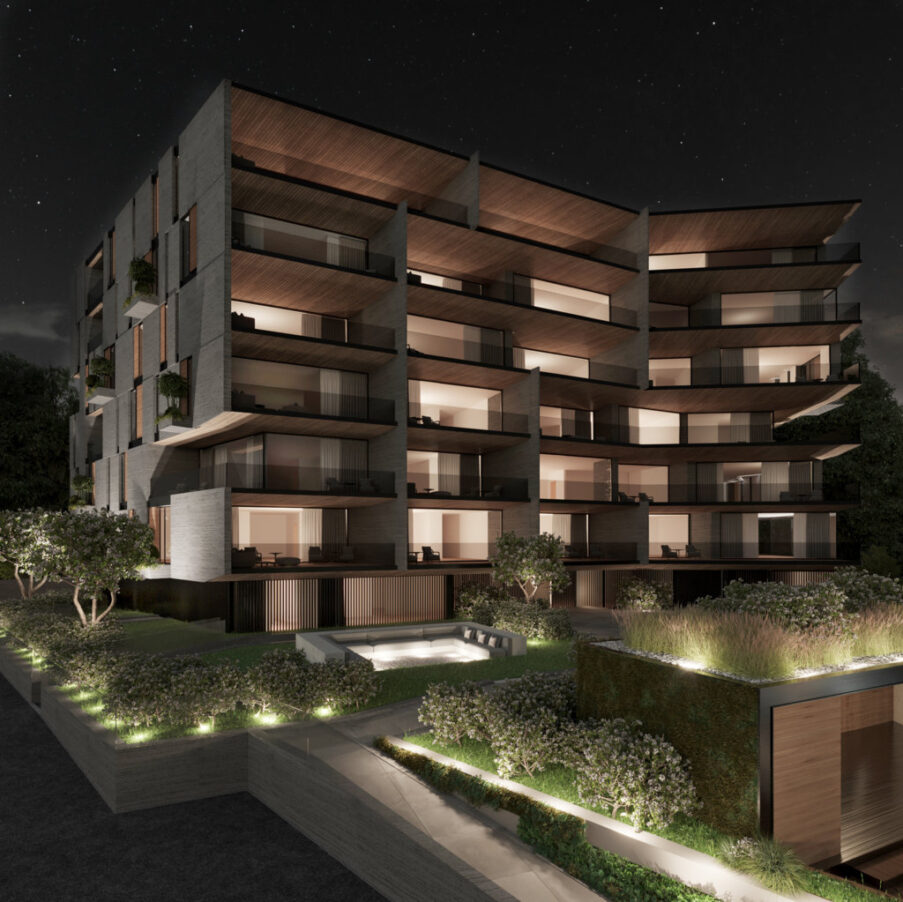Trained as an architect but with a vocation for design, which he has practised since the beginning of his career, probably thanks to being born in an area where design is at home. He has designed for the most important Made in Italy companies and ambassadors of Italian design around the world. At a certain point in his career, he and his partner founded an architecture company operating in the luxury sector, which grew rapidly in terms of design and turnover and now has offices all over the world. Parallel to this path, Carlo Colombo met art: at first as a collector, but then this role began to be restricted and Carlo became an artist, letting himself be seduced by the freedom that the artistic gesture offers.
S.F. Your professional path is both in the field of design and architecture, and not only as we shall see. I would like to start with what I consider to be your main matrix and vocation, however, which is design.
C.C. Yes, I was born as a designer. I have a degree in architecture, but the actual architecture part came later. The real passion has always been, and still is, to be a designer. If, in my future, I had to choose whether to continue being an architect or have a specific choice imposed on me, I would definitely choose the design part, which is the one closest to my roots and my training and is the passion I have been carrying on for 30 years. It is a world of craftsmanship, materials and sophistication. As with many of my colleagues, design has been an excellent springboard, allowing us to make ourselves known and to acquire work related to the world of interiors and architecture.
S.F. In your opinion, what is the reason why Italian design is so distinctive, recognisable and appreciated around the world?
C.C. In these 30 years I have travelled a lot for work and I have tried to absorb and share as much as possible the international experiences of design culture. The essential element of Italian design is its uniqueness, in the sense that it is unique in the world, it is indistinguishable. I often observe foreign design brands: I have counted no more than ten that can be defined as competitors. It is difficult to define the ingredients of Italian design: they are part of our culture, they are in our DNA, it is something intangible but at the same time it comes out in a completely natural way. I believe that every people has skills within its own history that are linked to the culture of its own country. The fact that you can be born and live in Italy, and have international experiences, allows you to grow and become more and more proactive.
S.F. During your career, you have collaborated – and are still collaborating – with top-level companies to create extremely sophisticated and elegant objects. How has the concept of an object dedicated to the world of luxury changed, if at all?
C.C. Ever since fashion and the automotive industry started creating furnishing objects, they have had a huge influence on our world. Today, design products and fittings have a level of sophistication, attention to detail and materiality that was unthinkable ten years ago. The world of design has undergone an enormous evolution linked to the world of luxury, which is not only to be understood as an important spending capacity, but as a cultural context that has influenced many companies. Today we can see a transformation in the care of finishes, a careful selection of materials, both in the world of design and in that of interior design. Today it is difficult to find an architectural project that does not have a fit-out made of wood, marble, bronze or other materials. This was once not taken for granted, and this transformation has come about thanks to the influence of fashion – which is mainly dictated by fashion brand shops. Today we live in a world where sophistication and elegance have taken hold and have had a huge influence on the way we live and work.
S.F. A design object is born from the balance between the vision of a designer and the expertise of a company: what do you think are the percentages of this balance?
C.C. I think it is a 50-50 balance. On the one hand there is the designer who brings his thoughts and his vision to what the final product will be and who, perhaps, manages to look beyond the company’s boundaries. On the other hand there is a context of marketing, product strategy, commercial actions, which are an integral part of each brand, each with its own history. So when I tackle a project with my clients and with companies, on the one hand I think of drawing what Carlo Colombo’s thinking is, his history, his philosophy, and there is this tendency to respect strategies and above all to think of a product that is targeted for that type of company.
S.F. Your professional life doesn’t only live on design, because several years ago, together with your partner Paolo Colombo, you founded an architecture company based in Lugano with various offices around the world; a reality of over 200 people whose name is a real declaration of intent: A++ Human Sustainable Architecture. The projects carried out with this company are mainly in the world of luxury. So the question is: can the word sustainability enter the vocabulary of luxury; is it a concept that today is part of the value axis that identifies the world of luxury?
C.C. Sustainability is a real luxury when it is really applied. With our team at Studio A++ we try every day, through investments in technology, to create a process where man is at the centre of everything. Our architectures offer a very high quality of life and pay great attention to the materials that are used: our technicians and engineers study every day a whole series of elements so that this sustainable process can be carried out at maximum efficiency. We started with our main office in Lugano, and then opened another in Zurich, New York and Miami, in order to follow the progress of the work and the needs of the client with a team of professionals on site and at the same time reduce travel to a minimum. This is also a step towards more sustainable design.
S.F. We talked about your vocation for design; then we talked about your reality in the field of architecture. But I know that there is also another great interest that permeates your life, including your professional life: art. Would you like to tell us about it?
C.C. I think it is really difficult to do this job without having a love for art. After 30 years in the design world, I chose to start dreaming and to allow myself the maximum creative freedom that only art can give you. But even in this path I have not deviated from design: my creations, in fact, cannot be considered as pictorial works or real sculptures, but are works of design so particular and sophisticated that they cannot be industrially repeatable objects. Each creation is reproduced in a numbered series of only nine pieces and is totally free of all the constraints that mass-produced design can impose: they are simply the result of Carlo Colombo having fun designing pieces that are halfway between design and art, and which are destined for only a few people. Reflecting on my career path, I think that if I had to start from scratch, I would start right here, from art.
Text by Simona Finessi
Captions and Photo credit (from top to bottom)
– Portrait of Carlo Colombo, Photo © Guido Stazzoni
– SAHRAI – Blueberry Bamboo
– GIORGETTI – Vibe bed
– GIORGETTI – Soho seating system
– ANTONIOLUPI – Ofuro
– ANTONIOLUPI – Slope
– ANTONIOLUPI – Eclipse
– BENTLEY HOME – Loveseat
– BENTLEY HOME – Coffee tables
– BENTLEY HOME – Sunbed
– Project by A++ – Villa in Miami
– Project by A++ – Residential complex in Lugano
– Project by A++ – Residence in Lugano
– Project by A++ – Villa in Dubai
– Project by A++ – Villa in Madrid
– Carlo Colombo Industrial Design – Rizzoli 2022
Click here to buy the new issue of Platform Architecture and Design

















